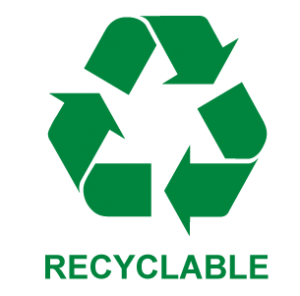Quick Peek: Snapback Hats

 Snapback hats, or “Snapacks” as they are affectionately referred to by their fans, first became really popular in the 1990’s. With hip hop starting to get mainstream attention, the clothing that surrounded the movement started to take off. Rappers like Will Smith and Jazzy Jeff were seen in them, as well as the likes of Tupac Shakur.
Snapback hats, or “Snapacks” as they are affectionately referred to by their fans, first became really popular in the 1990’s. With hip hop starting to get mainstream attention, the clothing that surrounded the movement started to take off. Rappers like Will Smith and Jazzy Jeff were seen in them, as well as the likes of Tupac Shakur.
Originally derived from a “Brookyln” style baseball hat, the Snapback has evolved since. The brim remains large and flat, and most have green fabric stitched to the underside.
Today, rappers like Wiz Kalifa and Mac Miller from Philadelphia are promoting them in songs with lines like, “You can wear my hat just make sure you give it back”. This all coincides with a renewed interest in retro and vintage clothing that’s been making it’s way from downtown NYC to large stores like Old Navy, Nordstrom’s, etc.
Snapback Hats are going to be a hot item for the second half of 2011. When Mac Miller starts hitting the radio, they’ll likely be the next big thing in male fashion.
If you’re looking for a great place to buy Snapback Hats check out http://Snapbackhats.net

